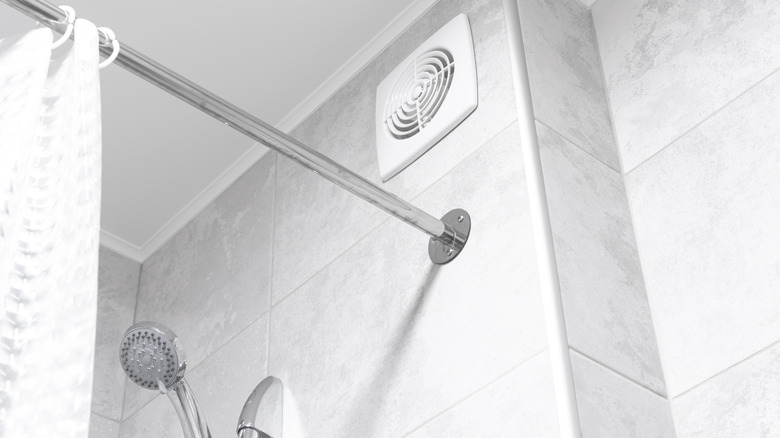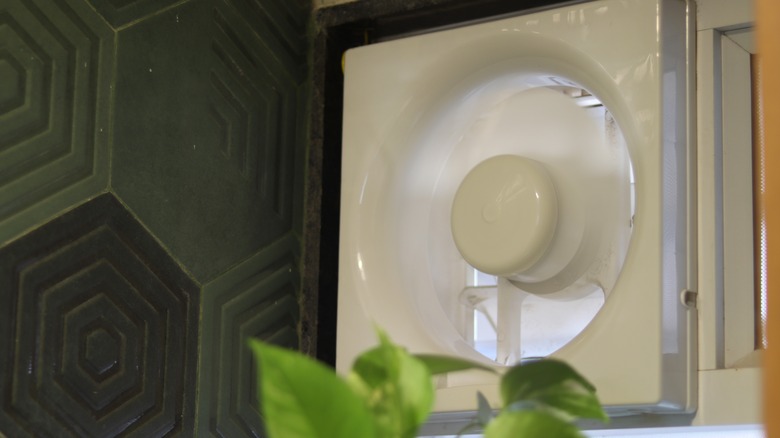How To Determine What Type Of Fan You Need For Your Bathroom
Do you begin sweating as soon as you enter your bathroom? Or, perhaps, you have noticed the moisture on your walls staying put well past your shower. What about the water on the floor or near the sink? If you answered yes to any of the scenarios, you need to upgrade your bathroom's ventilation. This is because any lingering humidity will invite mold and mildew over, spoil the paint and wallpaper on the walls, and deform the cabinetry. Worse, inadequate ventilation will make it challenging for you to breathe. The good news is a bathroom fan, including exhaust and ventilation, will take care of these pesky issues and is one of the best ways to keep your bathroom cool during sweltering summers. But which type of bathroom fan do you choose?
Well, the answer depends on your needs, preferences, and budget. To elaborate, an exhaust fan is best if you're just worried about the excess humidity in the room or need a solution to remove the foul odors. On the other hand, a ventilation fan will be more suitable if you sweat excessively in the bathroom and want some fresh air inside to breathe freely. Regarding the pocket pinch, ventilation fans are usually costlier than their exhaust counterparts. However, the latter requires more frequent maintenance. Still confused? Here's a detailed comparison between ventilation and exhaust fans for the bathroom.
Ventilation fans vs exhaust fans for the bathroom
The key difference between exhaust and ventilation fans is their purpose. While exhaust fans are responsible for removing the moisture-laden air from your bathroom, ventilation fans work in both directions. This means they bring in cool air from the outside while drawing out indoor air simultaneously, effectively lowering the temperature inside the room. Consequently, exhaust fans will help improve the IAQ (indoor air quality) of your bathing room. Other benefits of a bathroom exhaust fan include the elimination of foul odors, removal of pollutants from the air, and maintenance of humidity levels.
On the other hand, ventilation fans promote air circulation and maintain a comfortable environment. As such, these bi-directional fans are available in multiple types, including wall, ceiling, and window. The single-direction exhaust fans just have one type. Coming to installation, you can DIY a bathroom exhaust fan replacement if you're knowledgeable and have the requisite tools. But you'll have to seek professional help for ventilation fans. On the plus side, they're easier to maintain, and you'll just have to clean them bi-annually. However, exhaust fans would need to be cleaned each month to keep them functioning properly. To determine the right option for you, consider if you need a fan to lower the humidity levels in your bathroom or if you need one to improve ventilation. Exhaust fans are best for the former, but ventilation fans are ideal for the latter. Plus, check the room's square footage, since exhaust fans are best for enclosed spaces and vice versa. You'll also need to consider your budget and available installation sites in the bathroom.

